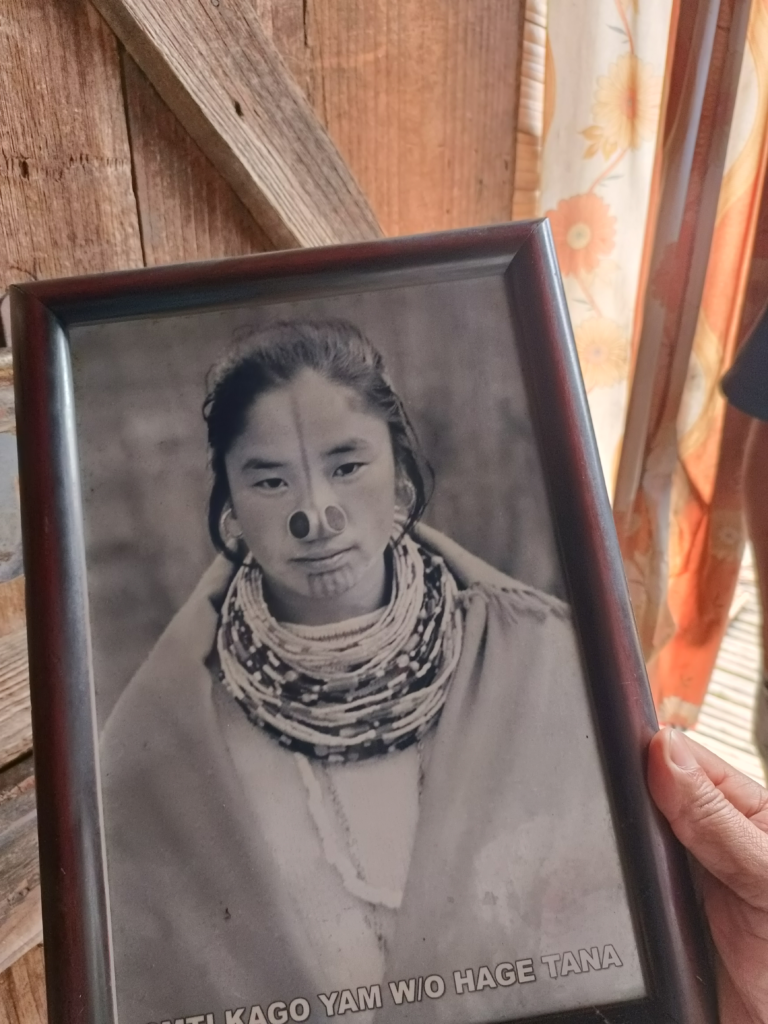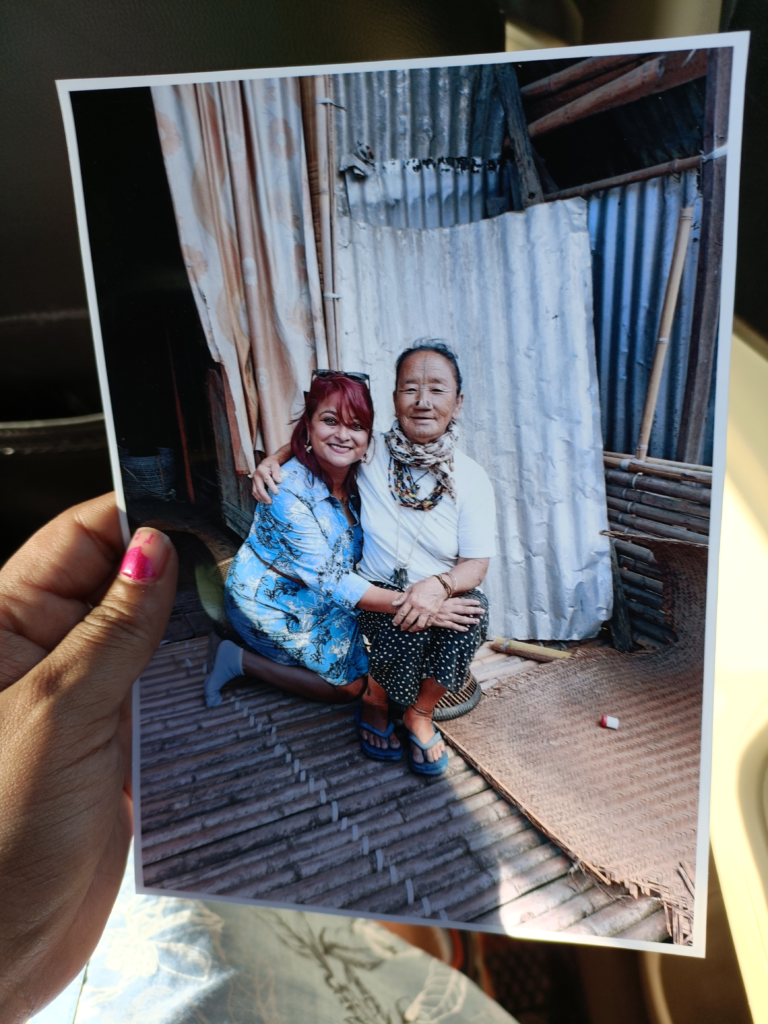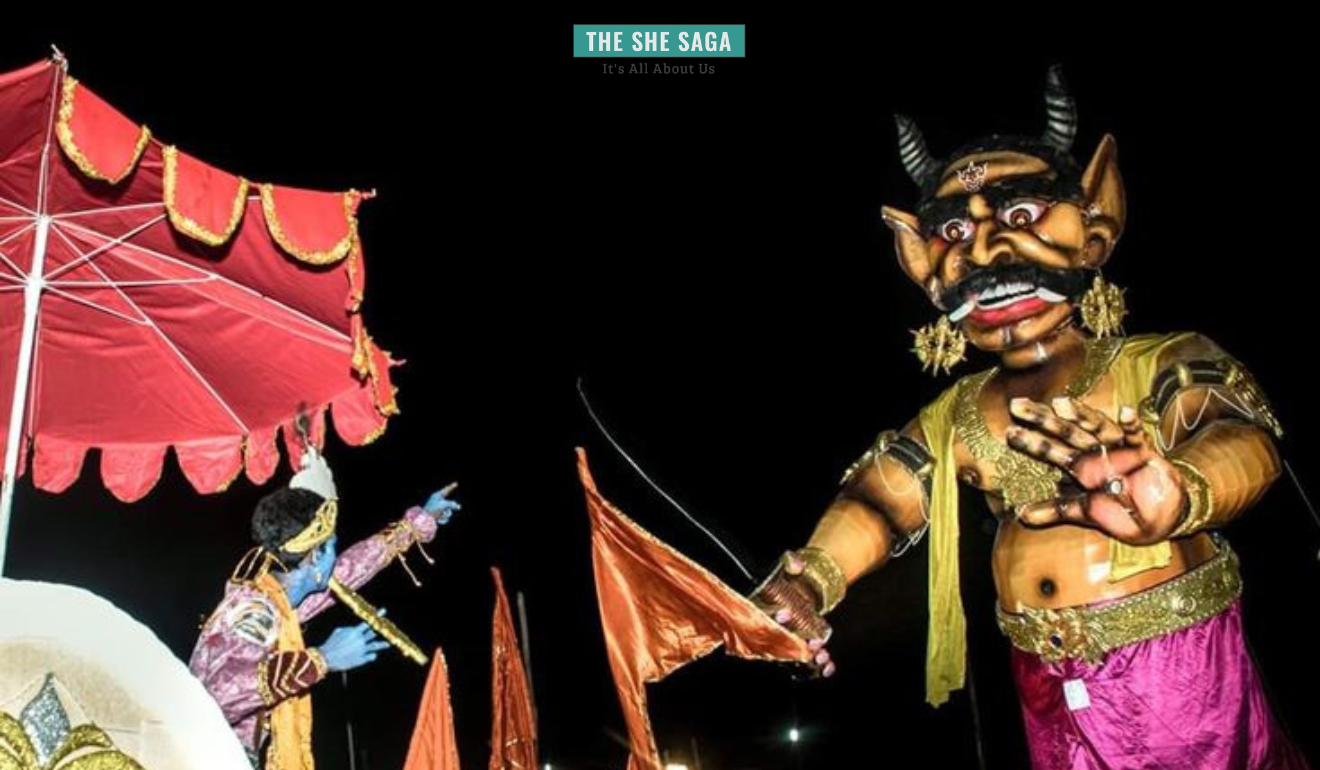What does the word ‘promise’ mean to you?
Mind you, it is a loaded word, yet it is so fragile. Delicately binding the responsibility of the promisor and the expectation of a promisee in an undeniable bond, tethering precariously on what we call ‘hope’. Hope that the promisor can fulfil the said duties. Hope that the promisee’s wish is accomplished.
In the end, it always takes ‘two’ to justify the word.
Here is the story of my ‘promise.’ Here is the story of my Kago Yan. Here is the story of my forever sunshine.
While on my quest to discover places as a traveller, I have been chasing many stories. Of people, of places, of anything and everything that, in turn, sculpts me into being me. But that day, witnessing Kago Yan’s expression on my return surpassed all my stories because it was not a story after all; it is and will always be as real as the two of us.
Her eyes widened for a split second and twinkled momentarily before nearly disappearing behind hundreds of wrinkles. Her toothless grin caught up fast as her lips curled at the corners. She kept glancing at what I had just handed her and kept muttering something. Funny, we did not even speak the same language, but we clearly understood each other. I could feel the warmth emanating from her reaching my very core and lighting me up from within in a warm, buttery glow.
She was surprised and ecstatic at the same time. Deep inside, I was surprised too. So much so that I cannot say who was more surprised.
Was it her realising that I had indeed returned or that I was able to return as a part of my promise?
I was at Hong Village in the Ziro Valley of Arunachal Pradesh. One of the least explored and virgin states of India. In its solitude, this quaint little town has been able to retain its purity. Closely guarding its folklore and history, which is fast dying now. Dying? Yes, you read it correctly, because the famed ethnic tribe of the Apaptani’s is disappearing at an alarming rate. You might be wondering how. They, too, like us, have fallen prey to the slavery of modernity.

Upon my arrival, strangely, no one was in sight. The village had a rather deserted look, with bamboo cottages lining up on both sides. It was as if no one stayed there anymore. Yet my curious eyes searched eagerly for just one glimpse of one Apatani person. But hard luck. Am I too late to arrive? Fearing the worst that they have now become a part of their folklore, I still kept searching.
Suddenly, a sound of scraping caught my attention. Following the sound, my eyes widened upon finding the source. There she was! Just across the empty crossroad from the very first cottage, she was busy doing something. Captivated, I walked up to her cottage as if in a trance. At last, I found what I had been looking for here, rather than who I had been looking for.

A member of the indigenous Apatani tribe!
Stooping low, she was sifting rice, and that was the sound I heard. Spreading them evenly all over her front porch so that the grains caught the sunlight and could dry up faster. I stood there silently, watching. Sensing my presence, she stood up. Immediately, she broke into an infectious smile. I was in complete awe. Seeing images of them online and seeing someone right in front, I knew this journey of mine had achieved what it was meant to do. A closure from within just to be able to be in the presence of a history whose chapter is nearly closing down now.
As my guide caught up with me, she started talking to him, breaking me from my reverie. My eyes kept going back to her, especially her long lines of face tattoos and the large black nose plug, as I watched them talk. For our convenience, sometimes my guide turned to translate our sentences to each other.
I learned her name is Kago Yan. When asked about her tattoos and nose plugs, she explained that the tattoos are called ‘Tippei’ and are the pride of Apatani women. And the nose plugs called ‘Yapping Hullo’ are meant for their protection. Neither were worn to make her or any of the other Apatani women look ‘beautiful.’ Rather, they defined them as a part of their tribe and covered their beauty to protect them from being abducted. No matter what the legend says, her existence is a rarity today, and to me, she was beautiful and beyond.
Suddenly, Kago Yan waved and indicated that I should follow her inside her cottage. I was overwhelmed. It was rather dim inside. Made up of wood and bamboo, her cottage was just a single room, all in all. The corners of the room were shrouded in shadows, with one corner taking up her tiny bed. The traditional furnace glowed in its dying ember, right in the middle. Emanating a comforting balminess.
Utensils were scattered all around. She switched on the lights for a better view. She allowed me to freely roam around and take pictures, showing how welcoming she was. After taking a tour of her small but cosy cottage, I found my guide and her chatting in the opposite corner of the room. She gestured for me to join them.
There was a table with a big photo frame with a picture of her with her son. I could see how proud she was as a mother. One side of the wall was practically covered entirely with old and new wall calendars. Just behind the table on the scaffolding, there were lines of photographs. Most of which have by now collected dust.

Taking down a couple of them, she pointed out herself to different people. Seeing my confused look, the guide translated that she collected pictures of those who visit her, including tourists. This was like the altar of her prized possession. It was time for me to leave, and I knew I was carrying back a heartfelt story in my heart to talk about later. But who knew my story with Kago Yan was far from over?
As I thanked her and found my way out, she said something to the guide. He stopped me on my way and said, Kago Yan wants our picture too!
I was stunned and baffled at the same time!
The pictures I took with her earlier were all on my mobile phone. How will I give them to her? She does not have a phone, let alone a smartphone. As I tried to think of a solution, I realised how precious this little request of hers was. I had to find a way. Suddenly, I recalled crossing the main market on our way here. Like a eureka moment, it struck me that I should be able to find some photographer’s shop there who could print out a hard copy for me!
Assuring her that I would be back, I was on my way to fulfilling a promise.

The market was some 10km away, but it did not matter; I had a greater responsibility to carry out. Luckily, I found a shop. Holding the photograph print on my way back to Kago Yan, a sense of contentment filled my heart. Who knew being able to keep a promise felt so good? I know for sure that for as long as Kago Yan lives, that 4×6-inch photograph of ours will adorn her prized altar. Maybe with time, my picture too will collect dust, but I will always know I left behind a piece of mine to keep my promise. And it took both of us—Kago Yan and myself—to redefine the meaning of the word in our way.
















Facebook Comments